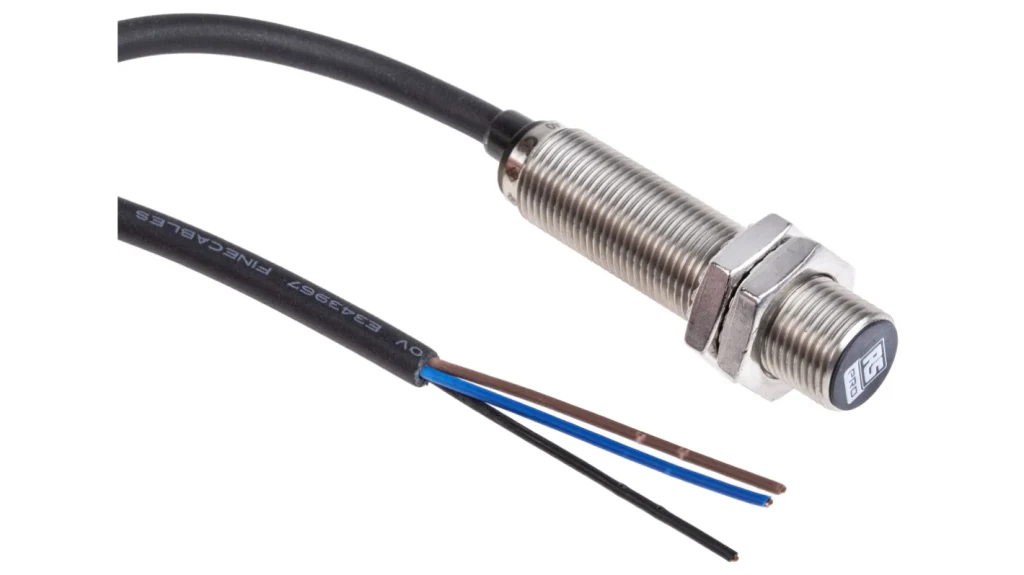Rock crushers are versatile machines that play a critical role in a variety of industries, transforming large rocks into smaller, more manageable sizes for use in numerous applications. Their ability to adapt to multiple industry needs has made them indispensable in sectors such as construction, mining, quarrying, and recycling, among others. Understanding how rock crushers cater to diverse industry demands showcases their flexibility and importance in the modern industrial landscape. In the construction industry, rock crushers are essential for producing the aggregate materials needed for roads, bridges, buildings, and other infrastructure projects. These crushers break down rocks of varying sizes into gravel, sand, and other materials that are used for foundations, asphalt, and concrete. The adaptability of rock crushers allows them to work with different types of materials, such as limestone, granite, or basalt, and adjust to various production requirements. Whether it is a small-scale project or a massive infrastructure development, rock crushers can be tailored to meet specific demands for size, shape, and material consistency. The mining industry also benefits greatly from the versatility of rock crushers.
In mining operations, sag mill vs ball mill is used to reduce the size of ore and minerals, making them easier to transport and process. The ability to handle various types of ores, from soft minerals like coal to harder substances like gold and iron ore, makes crushers invaluable in the extraction process. Some crushers are designed with specialized features to handle abrasive materials or materials that are difficult to break down, ensuring efficient and cost-effective operations in mines worldwide. Quarrying operations are another key area where rock crushers demonstrate their versatility. In quarries, crushers break down large rocks extracted from the earth into smaller, usable materials for a range of products. These materials, such as crushed stone, sand, and gravel, are used in construction, landscaping, and even in the manufacturing of products like concrete blocks and asphalt. The flexibility of rock crushers allows quarries to cater to different market needs, providing the right material size and shape for various applications. Crushers can be easily adjusted or replaced with different types depending on the desired product, ensuring that quarries can stay competitive in a dynamic market.
Recycling is yet another area where rock crushers are employed. In this sector, crushers are used to break down concrete, asphalt, and other materials from demolished structures into reusable aggregate. This reduces the need for virgin materials and helps conserve natural resources, contributing to sustainable construction practices. Crushers used in recycling must be able to handle tough materials while still producing consistent and reusable output. Their ability to adapt to different types of demolition debris and produce high-quality recycled materials makes them crucial to the recycling process. Additionally, the development of mobile and portable rock crushers has expanded their versatility. These crushers can be easily transported to different job sites, making them ideal for projects that require mobility, such as road construction or temporary mining operations. The ability to quickly set up and start processing materials on-site provides significant cost savings in transportation and setup time. From construction and mining to quarrying and recycling, these rock crushers are indispensable tools that help break down materials efficiently and effectively.



